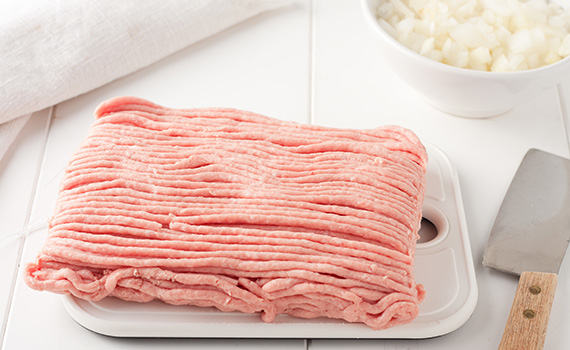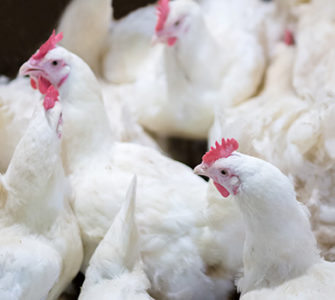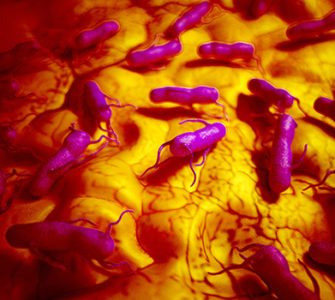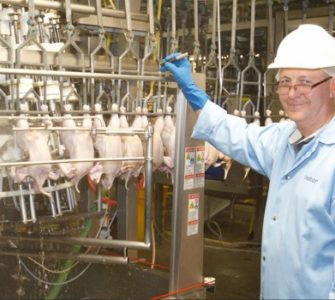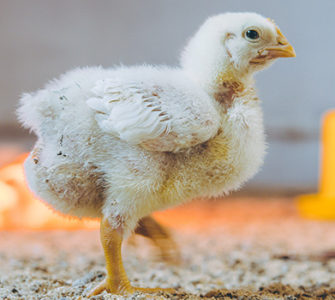Salmonella on carcass skin can contaminate ground turkey
Salmonella on the skin, rather than in infected muscle tissue, may be a significant contributor to ground-turkey contamination, indicates a study presented at the 2017 annual meeting of the American Association of Avian Pathologists.
Researchers inoculated 1-day-old commercial turkeys with a Salmonella cocktail containing five S. Heidelberg strains. They tested for the presence of Salmonella in muscle-associated lymphatics at 6 and 11 weeks after inoculation and in breast skin and tibiotarsus at 11 weeks of age, said Claire-Sophie C. Rimet, DVM, of the University of Georgia’s Poultry Diagnostic and Research Center.
All muscle-tissue and tibiotarsus samples were negative for S. Heidelberg. Only breast-skin samples were positive for S. Heidelberg at 11 weeks of age, with a 30% prevalence, she reported.
Rimet explained that poultry products contaminated with S. Heidelberg were implicated in five major human salmonellosis outbreaks in the US between 2011 and 2014.
Salmonella on poultry carcasses and cross contamination with fecal material during processing are considered the main sources of Salmonella in poultry products.
However, there has been limited information on the role of invasive Salmonella as a potential source of contamination in ground turkey. An earlier study found that Salmonella Heidelberg and Salmonella Typhimurium remain in chicken muscle tissue for 42 days, she said.
Posted on November 6, 2017



